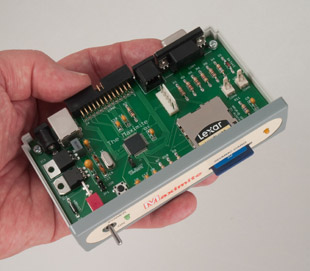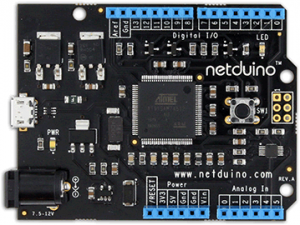This site started as a place for me and a couple of friends from university to put our crazy ideas after graduation. Lately, it has largely been based on The Independent Qt Tutorial which still draws 1000+ hits every day. It is hard to beat that traffic in a month. TIQT was conceived from late 2002 to mid 2006. After that, it turned into a book – the Foundations of Qt Development. For the interested reader, yes I’ve got a full-time job working with Qt and Linux right now.
My background is electrical engineering, but over the years I’ve realized that I will probably spend my professional work-life as a software guy. Still, I’m intrigued by older computers, and the revolution of todays MCUs. A PIC or an AVR is today’s C64. It is just that no-one in the mainstream uses them for games anymore (did the mainstream play computer games in the 80’s – I’m not sure – I did). Having an urge to delve into these – properly embedded – systems, and have a look at software, tools and applications, I decided to try to recreate Digital Fanatics into something new.
Now, a month has passed since the initial launch. The only promotion done, is that I generally tweet about entries, and occasionally mention them on Google+. Apart from that, nothing. In the light of this, I’m happy to tell you that we’ve had one day with 100+ hits and average around 50 unique visitors daily. These great results!
As you might have noticed (if you enjoy finding patterns in noise) there is a publishing schedule. Every Monday and most Fridays, a small article is published. This is usually about a circuit, article or project – something to inspire and something that is fun to learn about. Every Wednesday, an in-depth article is published. This is original contents for Digital Fanatics. The topics will vary, until now it has been a four parts piece on FreeRTOS. Next up is a look at 3D printing – something that I’m intrigued by. I hope that you will become just as enthusiastic about it as I am. Each in-depth series is rounded of by a summary entry. These can be found using the series category.
The goal is to build a collection of nice in-depth article series that can help you explore and get started with various projects. At the same time, I hope to brighten your day and inspire you to learn and explore through the smaller articles.
Yours sincerely,
Johan Thelin
Editor, Digital Fanatics
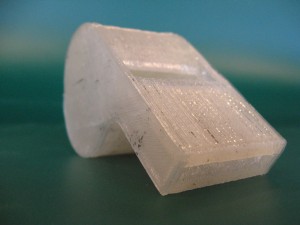 The open source family of extruder based 3D printers more or less rely on the same set of tools. Some of the commercial variants may have more polished frontends, but the work flow is still the same. In this article, we have a look at the tools of the trade – from modelling to printing.
The open source family of extruder based 3D printers more or less rely on the same set of tools. Some of the commercial variants may have more polished frontends, but the work flow is still the same. In this article, we have a look at the tools of the trade – from modelling to printing.
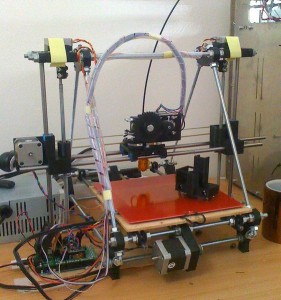
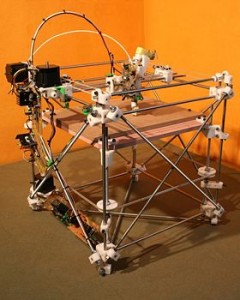


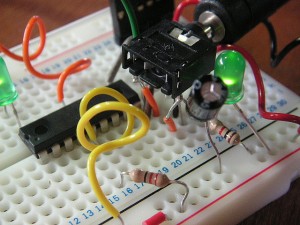 Base2 takes us on an illustrated tour around the
Base2 takes us on an illustrated tour around the 